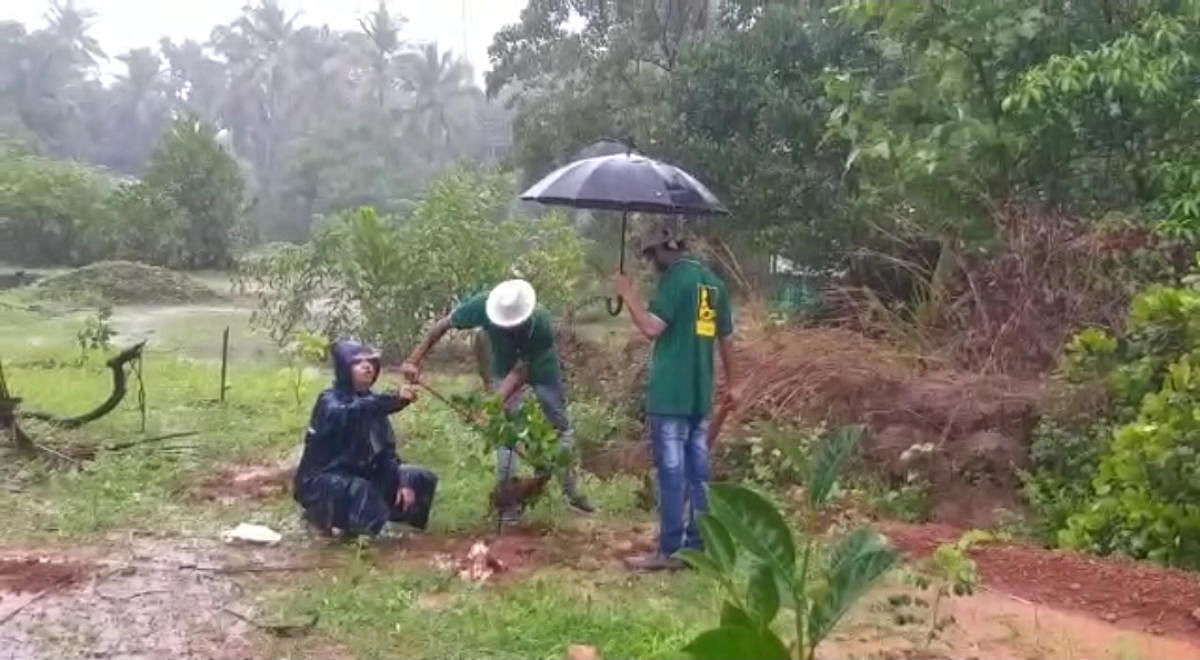
To increase the green cover in Western Ghats, National Environment Care Federation (NECF) has been carrying out afforestation programmes by planting fruit-bearing saplings and nurturing it.
This year, the NECF members will conduct the drive to plant saplings in reserve forests on every Sundays for next two months. Already, on June 14, 30 members had planted 140 fruit-bearing saplings at an ashram in Kuthar, on the outskirts of Mangaluru.
On June 21, about 45 members, along with the NECF, will plant about 250 saplings in Renjala forest area in Moodbidri. Later, planting will be taken up in Shishila and other areas.
“In fact, we had planted 450 to 500 saplings last year in the reserve forest area in Renjala and 75% of the saplings have survived and have also grown. They were watered and nurtured by the members during summer,” NECF Secretary Shashidhar Shetty told DH.
“A year ago, we had planted around 6,000 saplings in Western Ghats by including the college students. Owing to Covid pandemic and closure of the colleges, we are unable to include students in this initiative. This year we travel in our own private vehicles to an identified site in the reserve forest and carry own food for breakfast and launch while carrying out the afforestation drive. Wearing mask has been made mandatory,” Shetty added.
Shetty said, “As part of the plantation drive, we identify the area in advance with the help of forest department. The drive is taken up with the help of department as they supply fruit-bearing saplings of mango, jack, wildjack, kokum, cherry, and others at a concession rate. Further, we plant in only those areas where we can closely monitor the growth of plants during summer.”
The entire initiative is aimed at creating awareness among people to take up similar initiatives to increase the green cover in Western Ghats’ region. The purpose of planting such fruit-bearing saplings is also to reduce conflicts between man and animal. One of the reasons for wild animals raiding farmland is due to the destruction of fruit-bearing trees inside the forests, Shetty added.